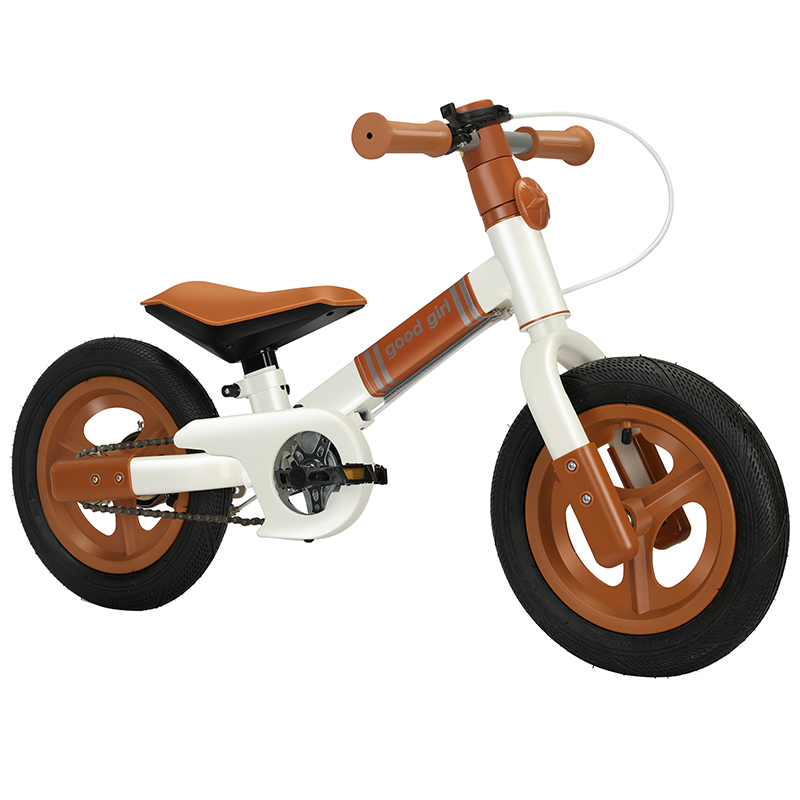Understanding the Key Differences Between Mountain Bikes and Road Bikes
The Differences Between Mountain Bikes and Road Bikes
When it comes to cycling, choosing the right type of bike is crucial depending on your riding style, terrain, and overall preferences. Two of the most popular types of bicycles are mountain bikes and road bikes, and they serve distinct purposes, with several key differences that make each suitable for specific riding conditions.
Design and Structure
Mountain bikes are designed to handle rough terrains, featuring a robust frame and wider tires that provide better grip and stability on unpaved surfaces. They often include a front suspension, and some even feature a full suspension system (front and rear) to absorb shocks from bumps and obstacles. The geometry of mountain bikes generally allows for a more upright riding position, which can be more comfortable during long rides on rugged trails.
In contrast, road bikes are built for speed and efficiency on paved surfaces. They have a lighter frame made from materials like aluminum or carbon fiber, which allows for quick acceleration. The tires on road bikes are narrow and smooth, minimizing rolling resistance and maximizing speed. Road bikes have a more aerodynamic design, often with dropped handlebars that encourage a lower riding position, enhancing aerodynamics and enabling the rider to gain speed more easily.
Tires and Wheels
The tires on mountain bikes are wider, often measuring 2.0 inches or more in width, which helps to navigate through dirt, mud, and rocky paths. These tires are also knobby, providing traction in off-road conditions. The wheels are typically stronger to withstand impacts from rough terrain.
mountain bike and road bike difference

On the other hand, road bike tires are significantly thinner, usually ranging from 23mm to 32mm in width. This design not only allows for higher speeds but also means less weight when climbing hills. The smooth surface of road bike tires ensures better contact with the pavement, improving handling and performance on smooth roads.
Gearing and Performance
Mountain bikes are equipped with a wider range of gears than road bikes, which allows riders to tackle steep inclines and rough trails more effectively. The gearing systems are designed for lower speeds with higher torque, providing the necessary power to climb hills and navigate obstacles.
Conversely, road bikes typically feature gearing systems optimized for higher speeds on flat surfaces. They often come with a compact gear set that allows for efficient pedaling on smooth roads, making them less suitable for steep or rugged terrains.
Conclusion
In summary, the choice between a mountain bike and a road bike boils down to the intended use. If you're looking to explore trails, tackle hills, and ride off the beaten path, a mountain bike is the better option. However, if your focus is on speed and performance on paved roads, a road bike will serve you well. Understanding these differences will help cyclists select the right bike for their needs, ensuring a more enjoyable riding experience.
-
kids-scooter-tiny-olympic-games-scooterathlonNewsAug.22,2025
-
kids-scooter-waves-xingtai-zhongzhous-global-rippleNewsAug.22,2025
-
baby-tricycle-oem-legacy-zhongzhou-forgedNewsAug.22,2025
-
xingtais-twin-tricycle-revolution-siblings-ride-togetherNewsAug.22,2025
-
baby-tricycle-design-inspired-by-ancient-armorNewsAug.22,2025
-
nfc-chip-enabled-oem-baby-tricycle-trackingNewsAug.22,2025
-
The Perfect Baby TricycleNewsAug.11,2025








